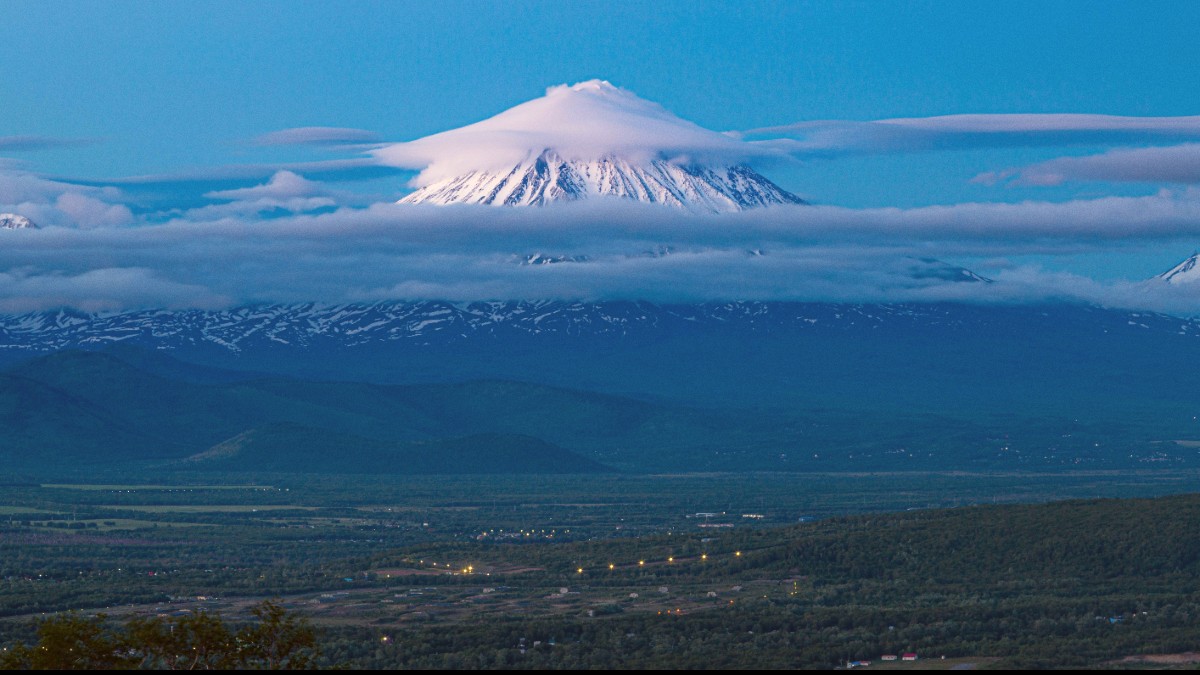
Eastern Turkey, Turkey
The Mount Ararat region holds wonders beyond the famous peak. Historic sites, unique natural formations, and cultural experiences surround Doğubayazıt. These sites invite exploration and a look into Eastern Turkey.
No formal guides available at the site. Often visited as part of a local tour.
Holds immense spiritual meaning due to its biblical association with Noah's Ark. No specific religious sites are directly on the mountain.
Serve as active places of worship for the community. Visitors can enter mosques outside of prayer times.
Dress modestly and remove your shoes as a sign of respect. Women should cover their heads.
Doğubayazıt is a smaller town. Its cultural institutions are limited. The Ishak Pasha Palace itself functions as a museum-like experience, offering a window into the region's Ottoman past.
Mount Ararat's imposing presence defines the natural landscape, but other unique features also exist in the area.
The foremost natural attraction. Beyond its draw as a climbing destination, its imposing presence and majestic snow-capped peaks give a stunning visual spectacle from the surrounding plains. It is a constant backdrop for the region. Many people visit just to see the mountain.
Located north of Doğubayazıt, near the Iranian border. It is claimed to be the second-largest meteoric crater globally. Local guidance is necessary due to its remote and sensitive location. Arrange visits through a local tour operator.
A natural ice cave, situated near the village of Telçeker, south of Doğubayazıt. Its accessibility depends on seasonal conditions and snowmelt. Inquire locally about its current status before visiting. The cave often holds ice formations even into the summer months.
Beyond the specific sites, the overall landscape around Mount Ararat makes a compelling draw. Its vast plains, rugged hills, and the distant, often snow-capped peak define the visual experience.
Beyond the well-known sites, Eastern Turkey holds several less-visited but equally compelling spots. These give a more intimate look at the region's nature and culture.
A high-altitude volcanic lake, Turkey's highest. Located southwest of Doğubayazıt. Beautiful scenery and a habitat for endemic fish species. The lake is pristine, surrounded by mountains.
A natural spring near the base of Mount Ararat. It holds significance for local shepherds. A refreshing stop for those exploring the lower slopes.
Exploring the small villages surrounding Doğubayazıt gives valuable insight into traditional Kurdish and Turkish rural life. You can observe daily routines, traditional farming, and hospitality.
While formal tourism programs are less common, the region's people often share their culture informally. This makes an authentic travel experience.
Being well-informed about practicalities makes for a smoother sightseeing experience. This includes knowing about transport, tour options, and general safety.
Taxis and "dolmuş" (shared minibuses) are available in Doğubayazıt. They transport you to nearby sites like Ishak Pasha Palace.
General precautions apply. Stick to known tourist areas and avoid venturing into sensitive zones without guidance.
Many visitors engage local tour operators in Doğubayazıt. These operators arrange visits to all main attractions, including permits for Mount Ararat.
For various attractions and tours across Turkey, including in this region, consider exploring online platforms.
GetYourGuideEngaging local guides can enrich your visit with historical context and cultural details.
Search on TripAdvisor for local guides.For longer journeys within Turkey, like from Van or Erzurum to Doğubayazıt, consider booking intercity buses.
Obilet.com for bus tickets.Ensure your base for exploration is comfortable and well-located.
Booking.com for hotels.For broader travel advice and reviews, consult popular travel platforms.
Lonely Planet guides.Local tour operators simplify your visit. They handle logistics and permissions for climbing and local tours.
Support local communities by engaging local guides, staying in family-run establishments, and purchasing local crafts.
For a comprehensive understanding and easier access to remote sites, a local guide is highly recommended. Their knowledge of history, culture, and logistics brings significant value to your visit.
They also ensure adherence to local regulations and safety guidelines, making your journey smooth and insightful.